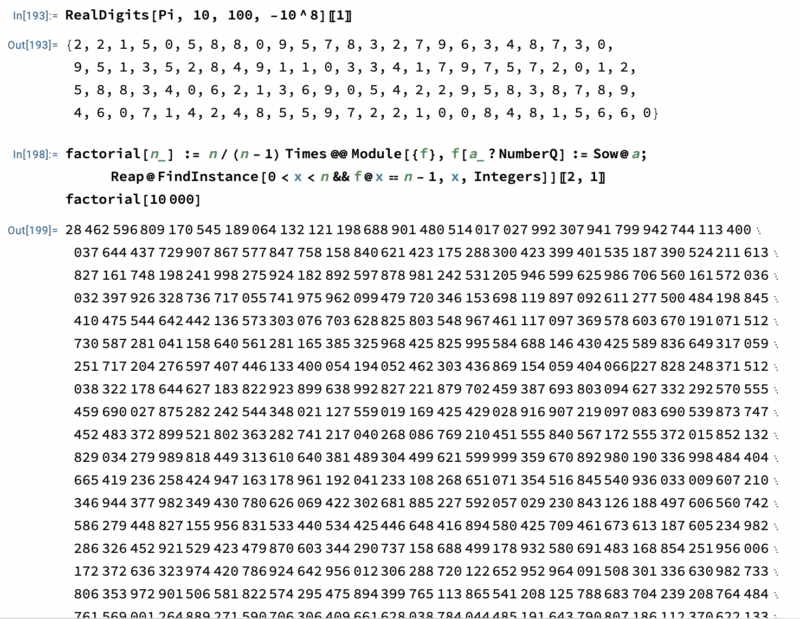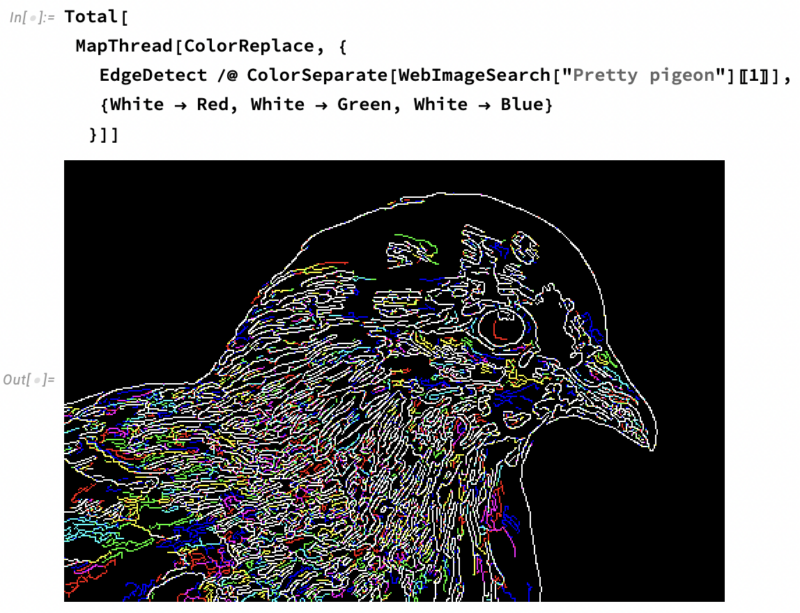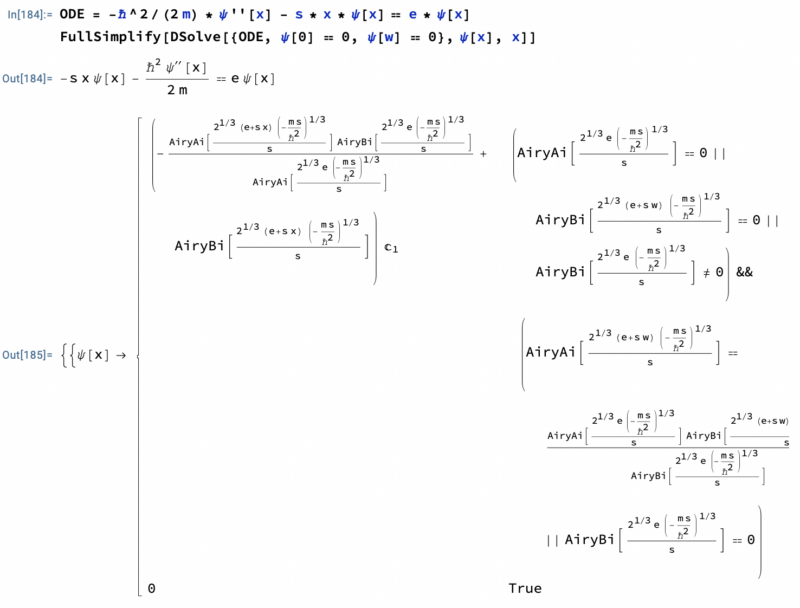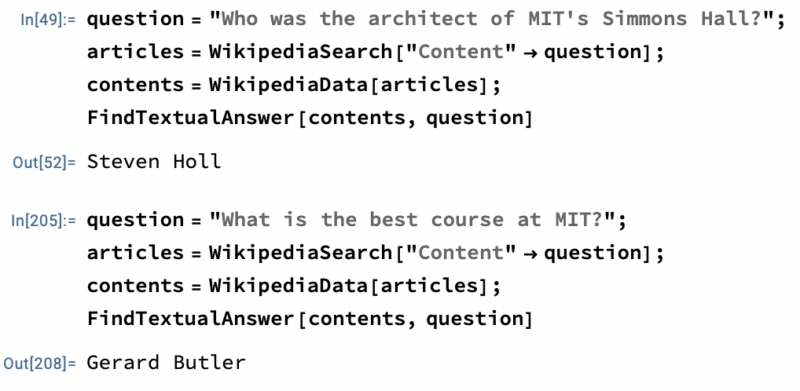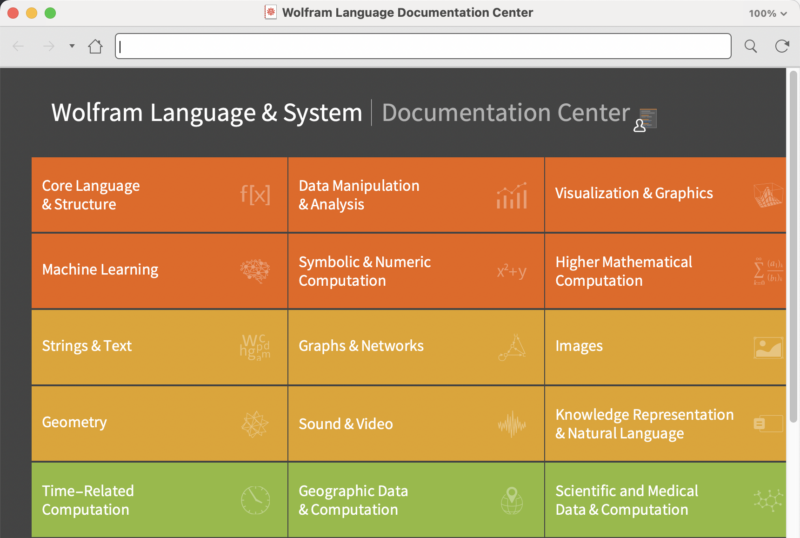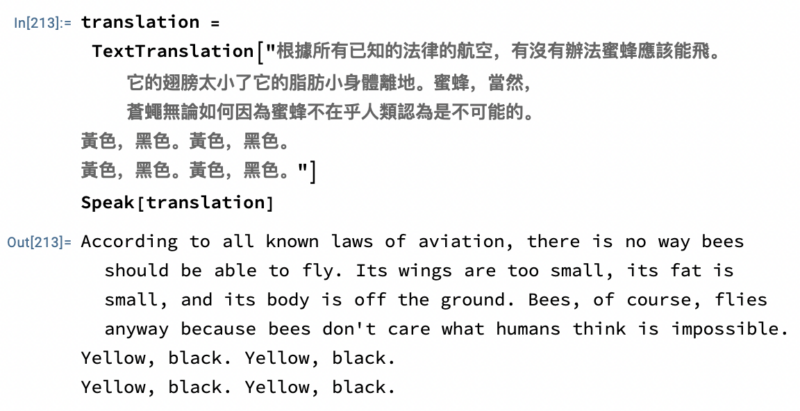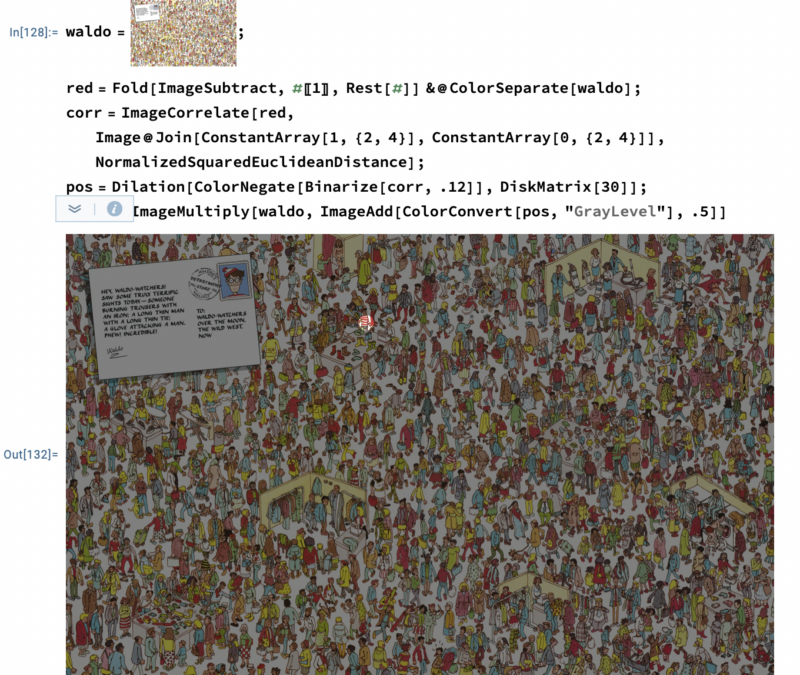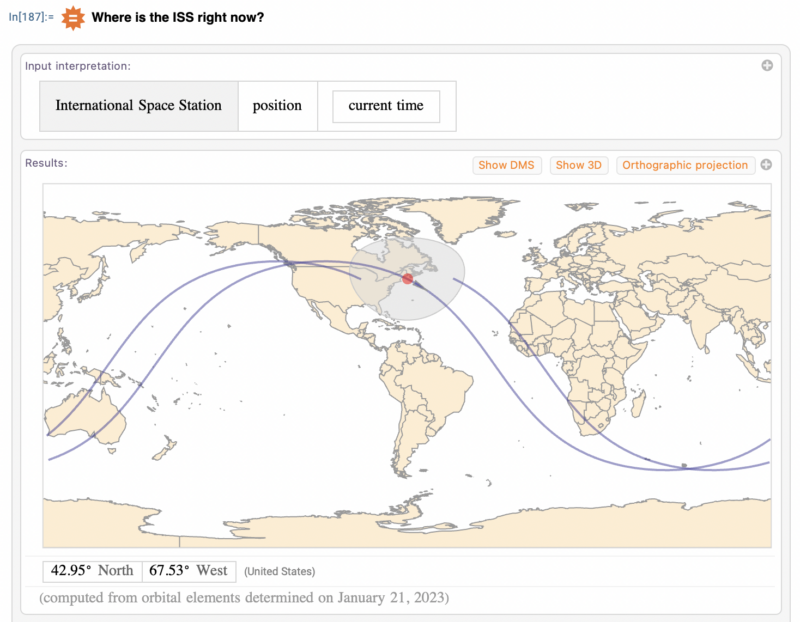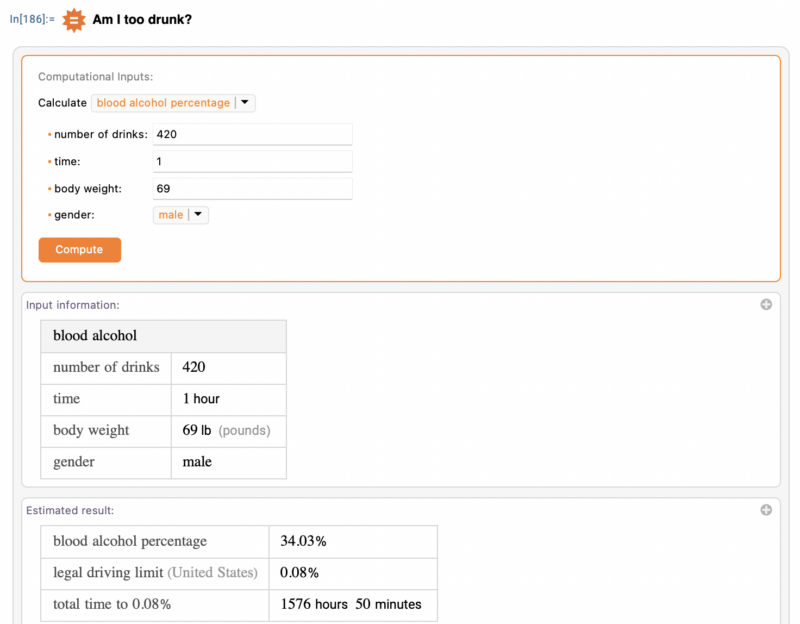
W.M. by Andi Q. '25
Last semester, I met W.M. in one of my classes, 3.019 (Intro to Symbolic and Mathematical Computing). They didn’t speak much and expressed a few strong beliefs about array indexing01 They believed it started at 1 instead of 0 and the best programming paradigm02 Functional programming, of course , but I could sense something special about them from our first interaction.
The professor adored W.M. because they were adept at juggling mathematical expressions and all things computational – I heard they could list the first million digits of pi with perfect accuracy every time! The other students, not so much, perhaps because they found W.M. rather… uncooperative at times.
Ugh, why do they insist on using square brackets instead of round brackets like normal?
Don’t even get me started on all the weird and obscure symbols they use when they’re too lazy to write out full words.
Are we even using the same language? I can’t understand what they’re trying to say half the time!
I stood somewhere in between – respectful of their supposed mathematical wizardry, yet sometimes frustrated by their machine-like aloofness. One day, I decided to test their reputation for myself.
“Hey there,” I asked as I wrote out a Schrödinger equation with boundary conditions and a linear potential03 A second-order differential equation describing a particle in a gravitational field , “could you help me solve this differential equation, please?”
I turned away for a moment, thinking it would surely take them at least a few minutes to write everything. When I turned back, the solution was there, neatly written out with a plot of the function as the cherry on top.
I was in awe. I’d met many brilliant people at MIT before, but W.M. was on another level. Driven by curiosity, I started spending more time with them to learn from them and see what else they had up their sleeves. It took me a while to get used to all their quirks, but eventually, W.M. became a great friend.
For one, they’re an excellent pset04 Problem set partner. Whenever I need to perform some ugly calculations, I can always rely on them to give me the correct answer, even with unit conversions involved. They’re also quite good at answering qualitative questions; it’s as if they can recall information from all of Wikipedia without even opening the website! And the best part? They’re great at documenting all their work, so whenever I need to know how something from 3.019 works, they can explain that to me in great detail.
Even outside of schoolwork, W.M. is fun to be around. They can translate text from seemingly any human language into English and then read the result in a perfect Siri imitation05 Any voice, including the robotic ones! . They have a knack for finding Waldo and the International Space Station (whenever it flies overhead), and they can draw the most beautiful line art from reference images. They can even tell you when you’ve had one too many drinks! (… not that I’d ever need that, of course.)
The more time I spend with W.M., the more I’m pleasantly surprised to discover exciting new things – both about them and the world. Being at MIT is all about learning from novel interactions and experiences, and W.M. is by far the smartest, coolest, and most pleasant programming language I’ve ever used.
To Wolfram Mathematica – if you’re reading this, thank you for helping make the fall semester so awesome.
- They believed it started at 1 instead of 0 back to text ↑
- Functional programming, of course back to text ↑
- A second-order differential equation describing a particle in a gravitational field back to text ↑
- Problem set back to text ↑
- Any voice, including the robotic ones! back to text ↑

